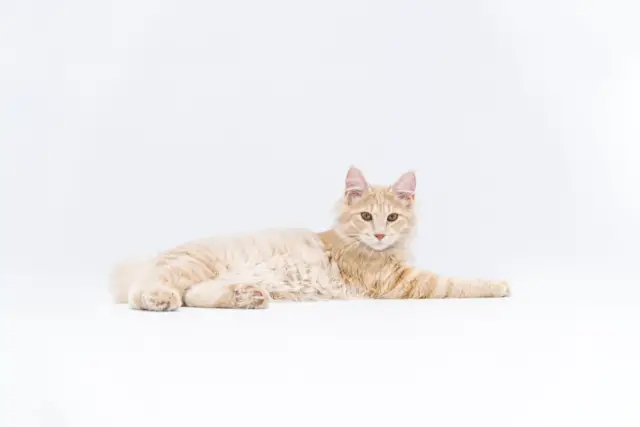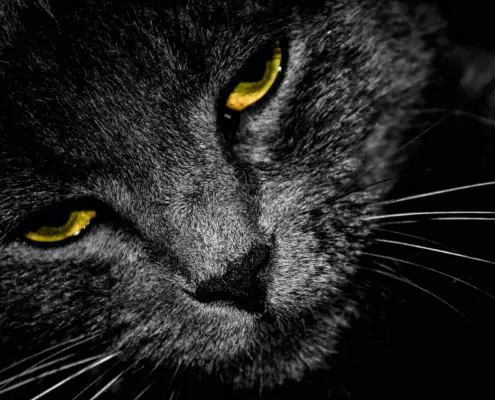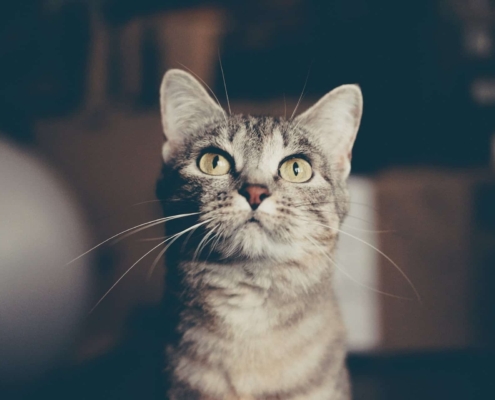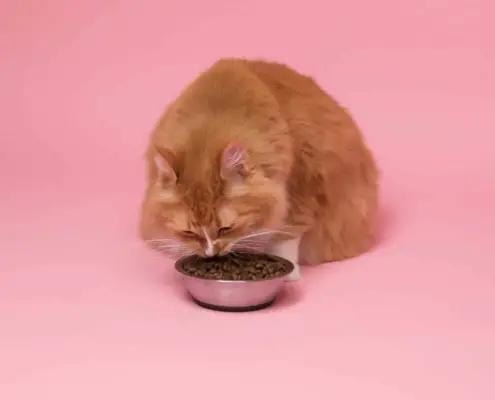
Have you ever wondered about the origins of the word “cat”? How did our feline friends come to be known as “cats” in the English language, and what are the linguistic roots behind this fascinating etymology? In this article, we will delve into the world of cat etymology, exploring its history, ancient words for cat in different languages, cat-related words and phrases in popular cultures, and much more. So, let’s embark on a journey to unravel the captivating mystery of cat etymology.
What is etymology?
Before we dive into the specifics of cat etymology, it is crucial to understand the concept of etymology itself. Etymology is the study of the origins and development of words, tracing their historical connections and linguistic roots. By exploring etymology, we gain insights into the ways languages have evolved over time and the interconnectedness of different cultures through the shared use of words.
The history of cat etymology
The history of cat etymology dates back thousands of years. In ancient Egypt, cats were highly revered and considered sacred animals. The Egyptian word for cat was “mau,” which eventually evolved into the modern word “cat” in English. Similarly, in ancient Greece, the word “ailouros” was used to refer to cats. This word later influenced the Latin term “cattus,” which eventually gave rise to the word “cat” in various European languages.
Ancient words for cat in different languages
Across different cultures and languages, cats have been given various names. In French, a cat is called “chat,” while in Spanish it is known as “gato.” The Japanese word for cat is “neko,” and in Russian, it is “koshka.” These diverse names reflect the rich linguistic tapestry of our world and highlight the significance of cats in various societies throughout history.
Cat-related words and phrases in popular cultures
Cats have always held a special place in popular culture, inspiring numerous words and phrases. For example, the term “copycat” originated from the mimicry behavior of cats. Additionally, the phrase “let the cat out of the bag” has its roots in the practice of dishonest merchants substituting cats for valuable items, only to reveal the deception when the bag was opened. These linguistic connections between cats and everyday expressions demonstrate the enduring presence of felines in our collective consciousness.
Funny and interesting cat etymology facts
Did you know that the word “tabby” comes from “atabi,” the name of a type of silk with a striped pattern? This term was used to describe cats with similar markings. Another intriguing fact is that the word “pussycat” originally referred to a pet dog, not a cat. Over time, its meaning shifted to include cats as well. These delightful tidbits of cat etymology add a touch of whimsy to our understanding of language and its connection to our furry companions.
The influence of cat etymology on modern language
Cat etymology has left an indelible mark on modern language. We see this influence in idioms such as “raining cats and dogs,” which means heavy rainfall. The word “catty” is used to describe someone who is spiteful or malicious, drawing on the perceived traits of cats. Moreover, the popularity of internet memes featuring cats has spawned new words like “catnip” to describe something that is highly appealing or irresistible.
The evolution of cat etymology in different regions
Cat etymology has not remained static throughout history. As languages evolve and cultures mix, the words and meanings associated with cats also change. For instance, in ancient China, the word for cat was “mao,” which is similar to the modern Mandarin word for cat, “māo.” In contrast, in ancient Rome, cats were called “feles,” but in present-day Italian, the word for cat is “gatto.” These shifts in cat etymology highlight the dynamic nature of language and its constant adaptation to the needs of society.
The significance of cat etymology in literature and art
Cat etymology has played a significant role in literature and art. Cats have been depicted in ancient Egyptian hieroglyphics, Renaissance paintings, and modern literature. Writers and artists often draw on the rich symbolism associated with cats, using their etymological origins to add depth and meaning to their creations. From T.S. Eliot’s “Old Possum’s Book of Practical Cats” to the enchanting illustrations of cats by Louis Wain, cat etymology has provided inspiration for countless works of literary and artistic expression.
Appreciating the linguistic roots of cats
In conclusion, the study of cat etymology allows us to appreciate the linguistic roots of our feline friends. From the ancient Egyptian word “mau” to the modern usage of “cat” in various languages, the etymology of cat words reveals the enduring presence of these beloved creatures in human history and culture. By exploring cat etymology, we gain a deeper understanding of language, its evolution, and the interconnectedness of different societies. So, the next time you interact with a cat, take a moment to ponder the linguistic journey that has brought us to this point.
If you enjoyed my article, I would appreciate you sharing it with your network.

Sima Ndlebe
Sima writes for CatBuzz. He is interested in Cats, Health and Fitness, and Entrepreneurship.
Published: 15 November 2023



